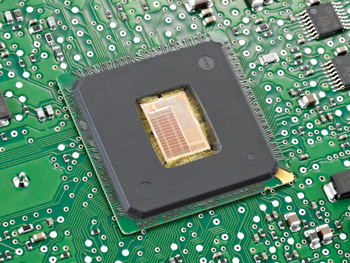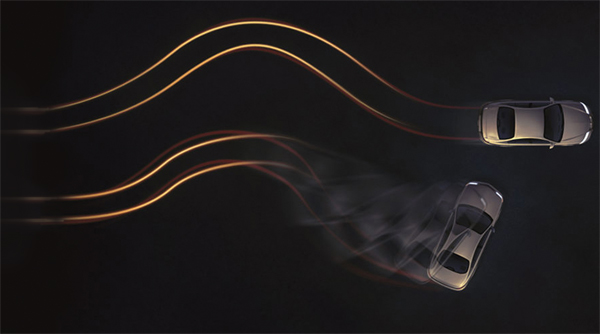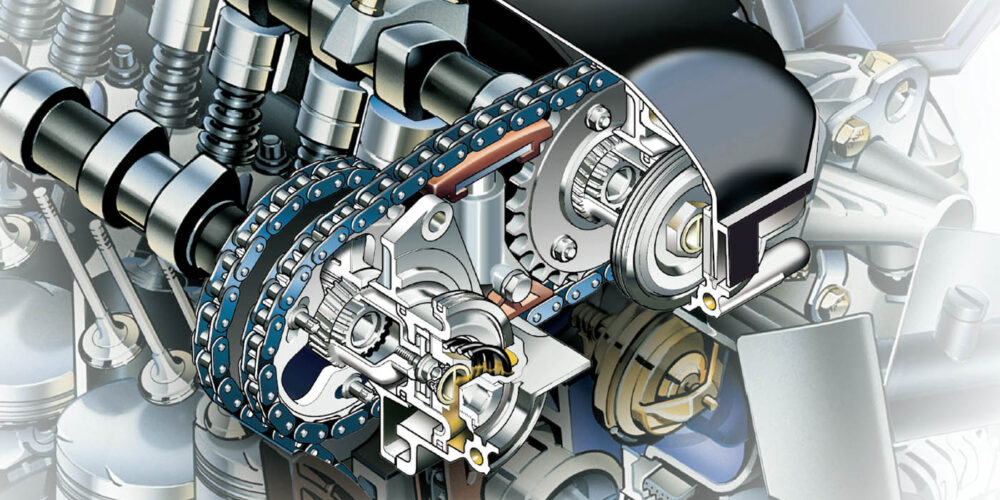 For all 2012 model year vehicles, stability control is standard. For model year 2008, the majority of vehicles sold were sold with ABS and optional stability control. Most of these systems have something in common, sensors that measure the dynamics of the vehicle and the intentions of the driver.
For all 2012 model year vehicles, stability control is standard. For model year 2008, the majority of vehicles sold were sold with ABS and optional stability control. Most of these systems have something in common, sensors that measure the dynamics of the vehicle and the intentions of the driver.
These systems depend on a multitude of sensors that measure wheel speed to pressure sensors in the modulator body. But, three sensors on a stability control system can sense the condition of the shocks or struts on a vehicle. These include yaw, pitch and steering angle sensors.
The Network
2008 and up vehicles will typically have the ABS and stability control system on a Class 3 Controller Area Network (CAN) bus system that operates at a high baud rate. On this network will be sensors for yaw, pitch and steering angle. The steering angle sensor measures a lot more than just the angle of the front wheels, it measures the speed of the driver’s correction and even torque on some vehicles.
Yaw and lateral acceleration modules measure the rotational acceleration and how the vehicle is pitching.These sensors are smart and communicate in binary language along the CAN bus.
These sensors communicate with the stability control module. This module makes decisions on the fly from not only the information from yaw, acceleration and steering angle sensors, but from the wheel speed sensors and other body sensors.
The computer processor in the stability control takes the information and decides what is happening and what corrections should be made. After a correction is made, it measures the effectiveness of the correction and decides if any further action should be taken. This is done in real time with a very fast network and a very fast processor.
 The Correction
The Correction
The stability control system measures the effectiveness of its correction made with the brake system. How effective the correction is depends on the condition of the contact patch of the tires. What influences the health of this contact patch is the tire’s condition (construction, traction and even inflation) and the condition of the chassis components.
The computer does not assign a value to the condition of the contact patch and there are no parameters (PIDs) in the programming for most systems. The corrections and the effectiveness are measured by the sensors in a high-speed feedback loop.
A stability-control system will never set a malfunction light if the condition of the contact patch crosses a set threshold. But, as the condition of the chassis and tires diminish, the corrections become less effective and more actions will be needed to bring a vehicle under control.
Ride Control
As a shock or struts degrades, it loses its ability to control the yaw and pitch of a vehicle. As the vehicle pitches and yaws, the contact patch of the tire changes along with loads on the tire.
The degradation happens over a long period of time and the driver will not notice, but the stability control system will.









